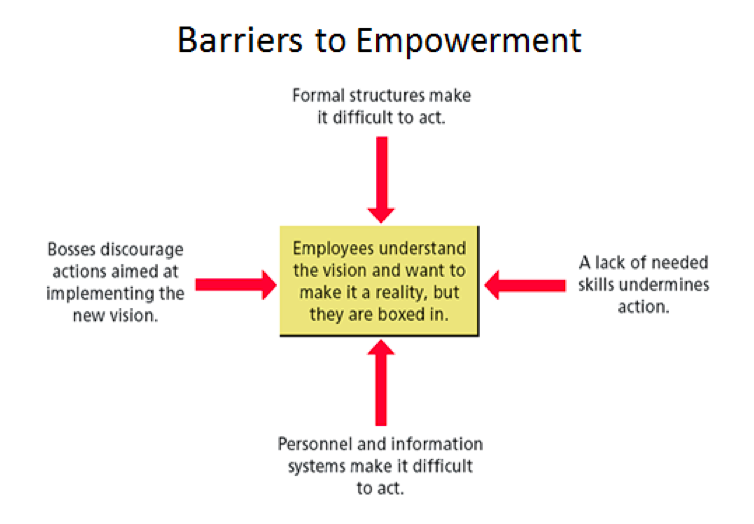Large-scale change occurs when a sizeable body of people gets behind an opportunity and acts on critical initiatives linked to a shared strategy. Kotter International estimates that companies with highly-engaged employees average 147 per cent higher earnings per share.
Dr. John Kotter states that, “… history has demonstrated that it is possible to find many change agents … but only if people are given a choice and feel they truly have permission to step forward and act.” Organizations succeed when they build excitement around opportunities and cultivate a feeling of wanting to contribute.
These organizations know whether it is possible to mobilize their volunteer network. They ask: Why do people step forward and act? What stops them? Are employees encouraged to help implement strategies? How is success replicated and cascaded? How are volunteers kept engaged?
Empowering employees
Organizational transformation rarely happens unless people get involved. Employees generally do not help if they feel powerless. Empowering employees means giving them the wherewithal to make change happen. Removing the barriers to empowerment is a good place to start.
Often, employees understand the vision and want to make it a reality. But they feel impeded by formal structures, personnel and information systems, skill shortages, and discouraging bosses. The leader’s job is to remove these barriers. In business, a common strategy is to get employees to think like shareholders. In government, anticipating and responding to citizen-centred needs can be compelling.
There are many ways to remove potential barriers. Sometimes, it just means letting employees find their own way rather than imposing changes upon them. For example, a department might study how to implement a better team concept by conducting surveys, holding off-site meetings, assessing options, and choosing an approach.
Engaging people
The 2017 Ontario Public Service Employee Survey aimed to make the OPS a better place to work and serve the public. It had a 57 per cent response rate, representing more than 34,000 employees. The employee engagement index was 70 per cent, up 2 per cent from 2014. The number of people who feel respected at work is increasing, while reported incidents of discrimination and harassment are declining.
What can middle managers do to ensure people are engaged and empowered in the change process? Three strategies should be front of mind:
1. Involve employees and stakeholders in shaping change. Managers need to obtain input from key employees, partners, vendors, and other front liners. It is important to understand how stakeholders help deliver the service mission. Transparent communication and timely feedback enable them to shape how and when processes change. Coordinating changes by carefully prioritizing and sequencing work respects interdependencies. Inclusive managers consider how changes affect people and seek solutions to maintain continuity.
2. Consult citizens about possible solutions. Managers need to engage citizens as clients or customers through structured, solution-oriented approaches. Whether in focus groups, advisory forums, or site visits, it is important to clarify the scope and guiding principles that facilitate the transition process. Concerned managers engage citizens in ways that uncover valuable insights about what really matters to them.
3. Engage people with the highest stakes. Managers need to meet with the people most affected by change. Beyond the strategic plan’s timeline, it is important to take a long-term view of how change impacts lives and what supports are required. Change marked by true listening and agreement transcends transactional stakeholder activities. Thoughtful managers interact in person, explain limitations, and collaborate for results.
Purposeful, coordinated execution of the vision is about building a volunteer base or corps. Teams form, guide, execute, and generate successful strategic initiatives via a network of volunteers. When middle managers engage, stakeholders’ questions, concerns, and fears are surfaced and get addressed.
We need balanced, dedicated people who practice a style of managing that can be called ‘engaging’. Their purpose is to leave behind stronger organizations.
JOHN WILKINS IS EXECUTIVE IN RESIDENCE: PUBLIC MANAGEMENT AT YORK UNIVERSITY (JWILKINS@SCHULICH.YORKU.CA). HE WAS A CAREER PUBLIC SERVANT AND DIPLOMAT.

